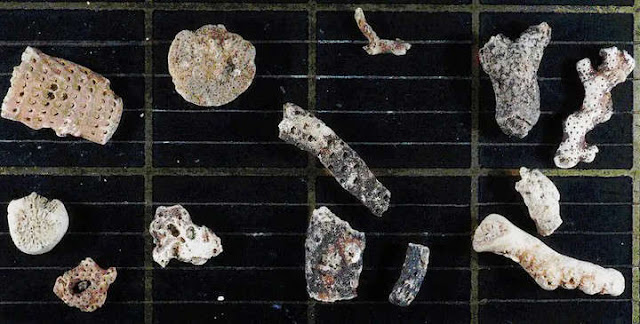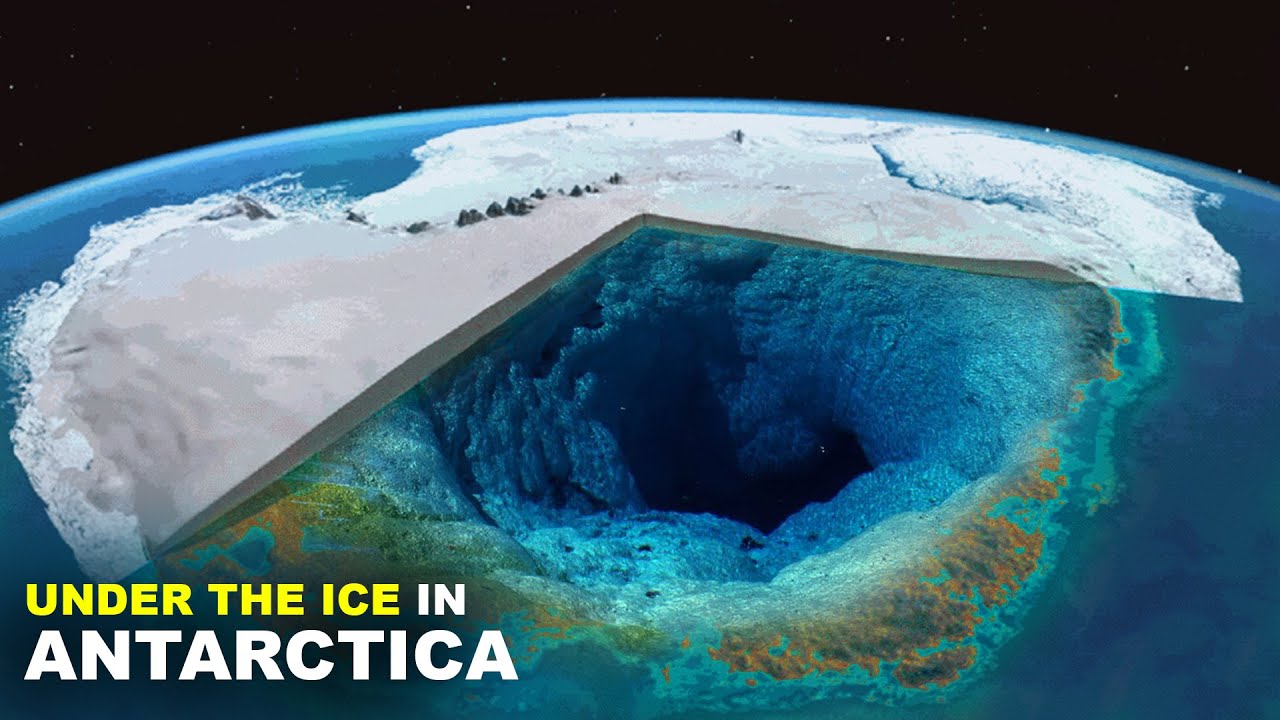Mysterious Traces of Life Found Beneath Antarctic Ice Sheet, What Is It?
Gratisun.site - Antarctica is often imaged as a barren ice desert, as inhospitable as California's Death Valley. However, deep beneath the ice researchers managed to find life on the frozen continent, a testament to the toughness of the extreme organisms.
The life was found about 200 meters below the Ekström Ice Sheet, in pitch black waters of -2 degrees Celsius. There, about 77 species of moss animals called bryozoa and worms were found. The researchers have been published in the journal Current Biology.
"This has added to known species from the most unknown habitats," said David Barnes, a marine ecologist at the British Antarctic Survey.
Because the environment is difficult to access, to see what lies beneath the ice sheet the researchers had to make holes in the ice using a special drill. After that the team put the camera into the hole. They conducted a series of studies including radiocarbon dating of some bryozoa and bivalves they found, to see how long they lived there.
"Carbon dating of dead fragments of these seafloor animals varies, which last up to 5,800 years," said Gerhard Kuhn, an earth scientist at the Alfred Wegener Institute in Bremerhaven, Germany.
How they survive in extreme environments is something very impressive. Some microbes live on rock faults that settle in sediments beneath the Antarctic continent. In fact, larger organisms are also able to survive challenging environmental conditions, including sponges that live 1 kilometer below the Antarctic ice sheet.
There's a lot we can learn from this unusual habitat. Many polar species can overcome food limitations, so even if the polar ocean surfaces are warming, they may still be able to survive in deeper food-poorer waters."– David Barnes, marine ecologist at the British Antarctic Survey.
 |
| Some bryozoa were found. Photograph: Dave Barnes/BAS |
Although their habitat is inaccessible, their environment can change over time. As climate change warms the planet and accelerates the rate of melting of the Antarctic ice sheet, dark inland habitats could quickly change due to eroded ocean currents.
Even if global warming continues to occur unstoppably, some locations in Antarctica could be ideal homes for photosynthetic creatures that can absorb sunlight so that the unique environment beneath the Ekström ice sheet disappears.
To date, only 1 square meter of the 1.6 million square kilometers of habitat has actually been observed, causing concerns some of the biodiversity beneath Antarctica is experiencing extinction.
"It is a great tragedy that one of the most unknown habitats on Earth, disturbed and lost before we know it," Barnes said.

Join the conversation